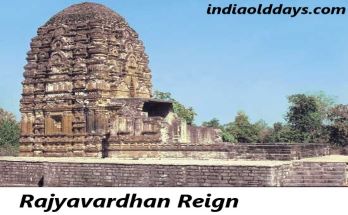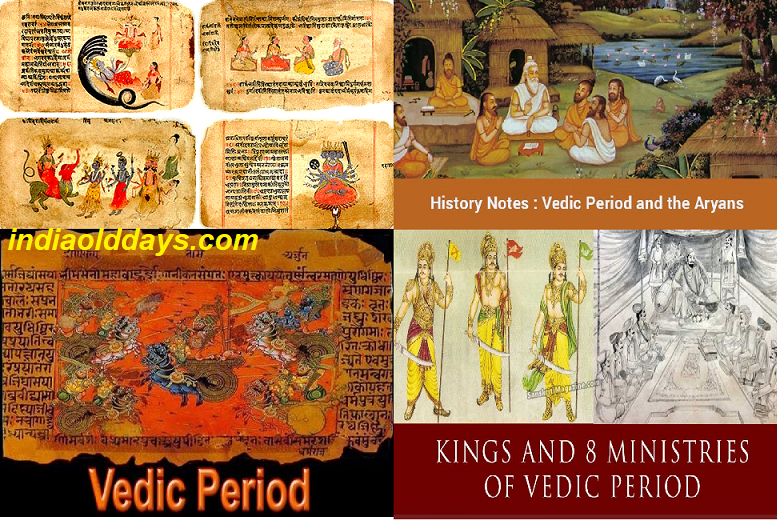Foreign tales – Megasthenes, Herodotus, Sikander, Sanyugan, Phahyan, Hwansang, Ithsing
Foreign tales –
Many foreign travelers came to India to visit, they stayed here in the court of several kings and saw and understood about their governance system. They wrote all these experiences which we read today. Here’s an attempt to tell about the major Greek-Roman and Chinese writers.
Major Greek-Roman writers:
Herodotus (Father of History) –

Historica composed by Herodotus, light on the relations between India and Persia. He was the first historian to come from Greece.
Megasthenes –

- He was an ambassador of Seleucus Nicator, who came in the court of Chandragupta Maurya. He had to come to India in 305 BC, due to the treaty between Greece and India.
- He has written in his book Indica, about Mauryan society and culture. He has named Pataliputra as the largest city in his book And Rajaprasad of the king has also described lively..
- Megasthenes has described that there was peace in the state at that time, people had no fear of theft and he also told that the king’s life was very lavish.
Periplus of the Erythrian Sea-
- There is no information about the author of this book. It’s author came upon the journey of the Indian Ocean in 80 AD. In this, there is a description of the ports and commercial goods of India at that time.
Tessius-
- He was the Royal doctor of Iran. His description in relation to India is unreliable due to being filled with surprising stories.
Pliny-

- He had written a book entitled Natural History in the 1st century. It provides information about Indian animals, plants and minerals. It also lays light on trade between India and Italy.
Ptolemy –
- He wrote a book called Geography of India in the 2nd century. This gives detailed information about then India.
Alexander –
- The descriptions of Nirayaakas, Anasikratas, and Aastobulag are more reliable in the authors coming up with Alexander.
Dionysius –
- He was the ambassador of the Egypt monarch Ptolemy Philadelphus, who came in Asoka’s court.
Dimecus –
- He was the ambassador of the Syrian monarch Antiochhan, who came in Bindusara’s court. His description is also related to Maurya-era.
Major Chinese Writer:
The correct sequence of Chinese scholars visits to India is-
- Phahyan (399 AD)
- Sanyugan (518 AD)
- Hansang (630 AD)
- Itsing (at the end of 7th century).
Phahyan (399 AD)-
This Chinese traveler came in the court of Gupta monarch Chandragupta II. His description gives knowledge about the social, economic, religious status of India in the Gupta period. He has stated in his description about the Middle Asian countries.
He came to India via the Silk Route from China (a group of historical trade-cultural routes in ancient and medieval times through which Asia, Europe, Africa were connected).
Sanyugan – (518 AD)
- He came to India in 518 AD. He collected the receipts of Buddhism in his three-year journey.
- He described the culture and happy and prosperous people of Madhya Pradesh.
Hansang- (630 AD)-
- He came to India in Harshvardhan’s reign.
- He moved towards India from China in 629 AD and he reached the Indian state Kapisa after one year of his journey.
- He returned to China in 645 AD after staying 15 years in India.
- He came to India to study at Nalanda University located in Nalanda district in Bihar and to collect Buddhist texts.
- His description of the tour is popularly known as C.U. and details of 138 countries are available in this.
- He has described society, religion, and politics of Harsh era. According to him, Shudra was the King of Sindh.
- Acharya Shilabhadra was the Vice Chancellor of the University of Nalanda at the time of Hansang’s studies.
- He was a famous Chinese Buddhist monk. He stayed in India for 17 years.
Itsing (at the end of 7th century)-
- He came to India at the end of the 7th century. He has described the University of Nalanda, Vikramshila University and India of his time in his description.
- Itsing came to India by sea route of Sumatra.
- He stayed in India from 671 to 695 nearly 24 years, 10 years of which he studied Buddhism while staying at Nalanda University.
- This traveler has given his details about Nalanda and Vikramashila University. It has written a major treatise entitled “Description of Buddhism practiced in India and Malay island Punj”.
Reference : https://www.indiaolddays.com/





